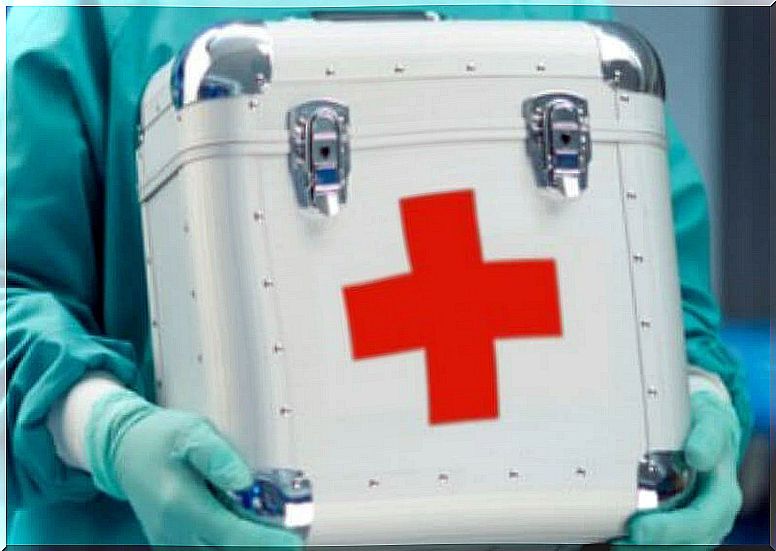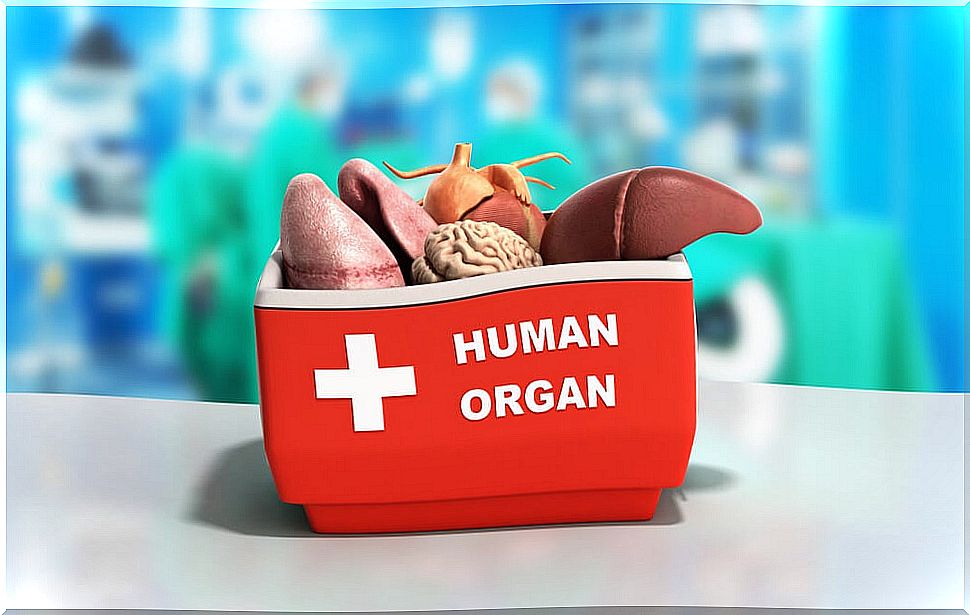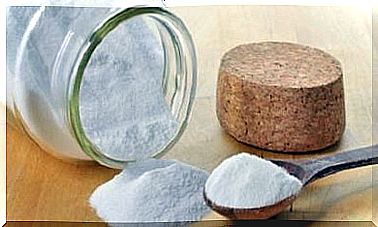Spain, World Leader In Organ Donation
In an analysis of organ donation worldwide, Spain is the leader with 36 donors per million inhabitants in 2014, and 40 donors per million in 2015. In 2016, the upward trend has continued.
These figures are unprecedented in previous years when it comes to organ donation and transplants. No other country comes close to the figures reached by Spain.
The donation
It involves the removal of organs or different tissues from the human body, either from a person who has recently died, or from a living donor.
The organs or tissues are removed by processes very similar to surgery, in order to transplant them.
- People of any age can make an organ donation .
- There are far more donations from dead donors than from living people.
- The laws of different countries are very varied. Potential donors are generally allowed to accept or decline the donation.
- There is also the case of granting that donation authorization capacity to family members.
However, family members do not always have complete knowledge about the risk factors of the deceased. This can lead to an increased risk of contagious infectious diseases.
On the other hand, the popularity and philosophy of donations vary substantially between different countries and cultures.
Organ donation. Deceased donors and living donors

Much of the success of Spain is based on legislation that favors organ donation, as well as on the good coordination between the hospitals of the autonomous communities.
However, if we compare donations, we will see that other countries surpass Spain in those made by living donors, while in Spain the figures are higher for donors already deceased.
As we can see, we must differentiate between donors who have already died and living donors.
The first are those who, after their death, give some of their organs to a patient who needs them to survive.
The percentage of deceased patients who can donate has its limitations. First, it requires the express consent of your relatives or relatives. And then the optional authorization will be required.
In a high percentage, family members agree to organ donation. It is precisely at this point that Spain is the world leader continuously over the years.
Legal framework for organ donation
According to the National Transplant Organization (ONT), the legal framework that favors donations and transplants is based on the following:
- Proven brain death is the indispensable condition for considering, scientifically, the death of the person.
- In the case of being known by any means , the will of the deceased must be respected, to donate or not to donate their organs.
- The diagnosis of death must be made by a different team of doctors than the one who will carry out the transplant.
- Organ donation is always altruistic. Any type of organ commercialization is absolutely prohibited.
- The total anonymity of the donor is guaranteed .
- Medical criteria are used to distribute the available organs among the patients who are waiting to receive them.
The coordinator, an important part of organ donation

Coordinators are the people in charge of locating potentially donor terminal patients and keeping their organs in good condition. In addition, they inform the affected families and obtain their consent.
In the last phase, the coordinators will manage the removal of the organ and supervise the transfer process.
In Spain, the ONT has used as coordinators doctors called “intensivists”, that is, those who are specialized in intensive medicine and present in Intensive Surveillance Units (ICU).
In this way, the figure of the coordinator has been strengthened and specialized. They are professionals with a very strong motivation.
Organs and tissues that are usually transplanted

The most transplanted organs are: the kidney, liver, heart, lung and pancreas. Other organs are also being experimented with, such as the corneas.
On the other hand, when it comes to the most common transplanted tissues, there are bones and skin. The most transplanted cells are those that make up the bone marrow.









